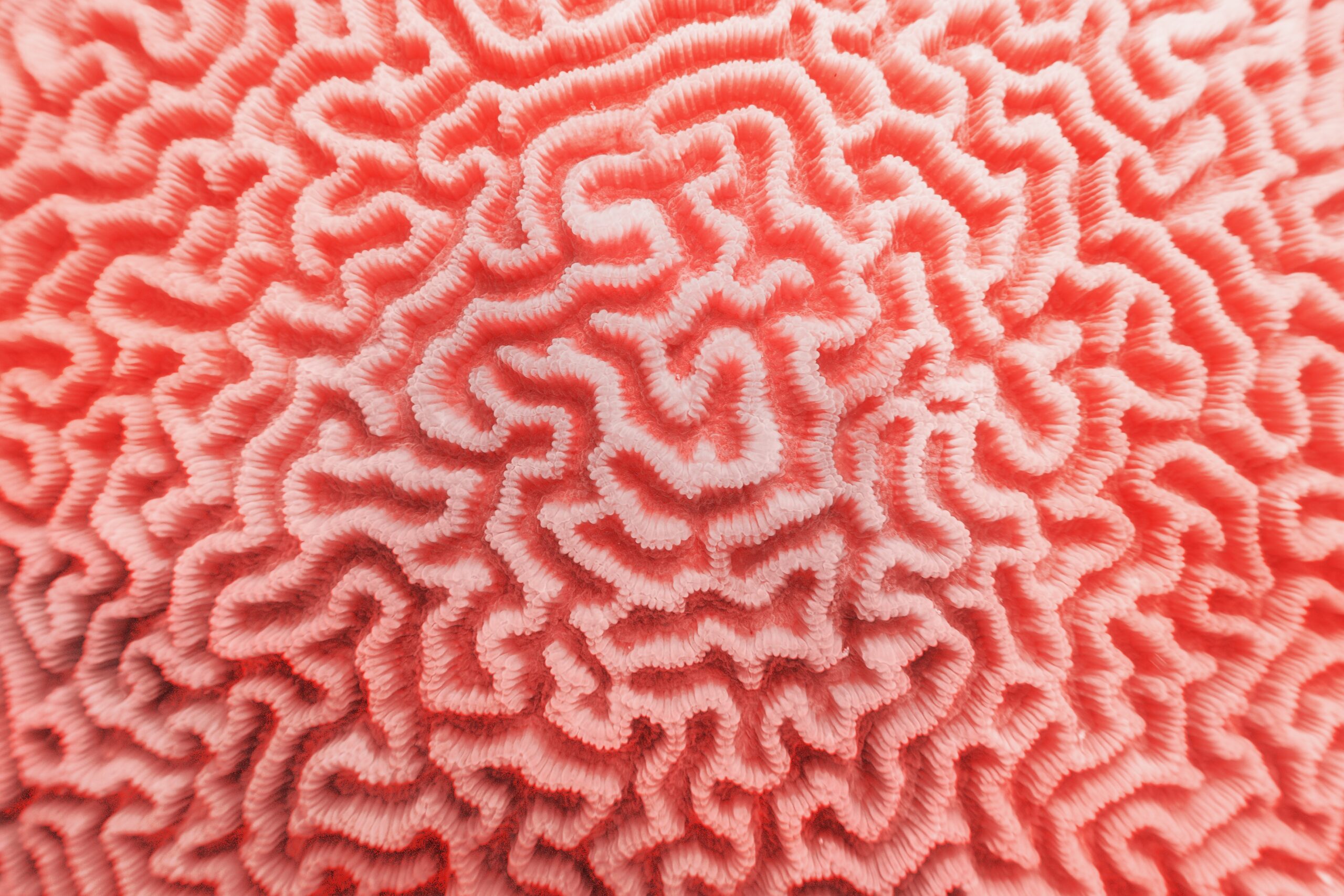The brain is one of the most fascinating organs we possess; its ripples and folds are the source of all of our actions, emotions and instincts. Made up of billions of neurons (or nerve cells) that work together to receive and send information at 268 miles per hour, the brain acts as the coordinating centre for sensation and actions and helps all the body's systems and organs function as one unit.
Which Animal Has the Most Bizzare Brain?
While you may know what a human brain looks like, animal brains come in a variety of shapes and sizes—and some, like sea urchins, have no brain at all!
Spiders
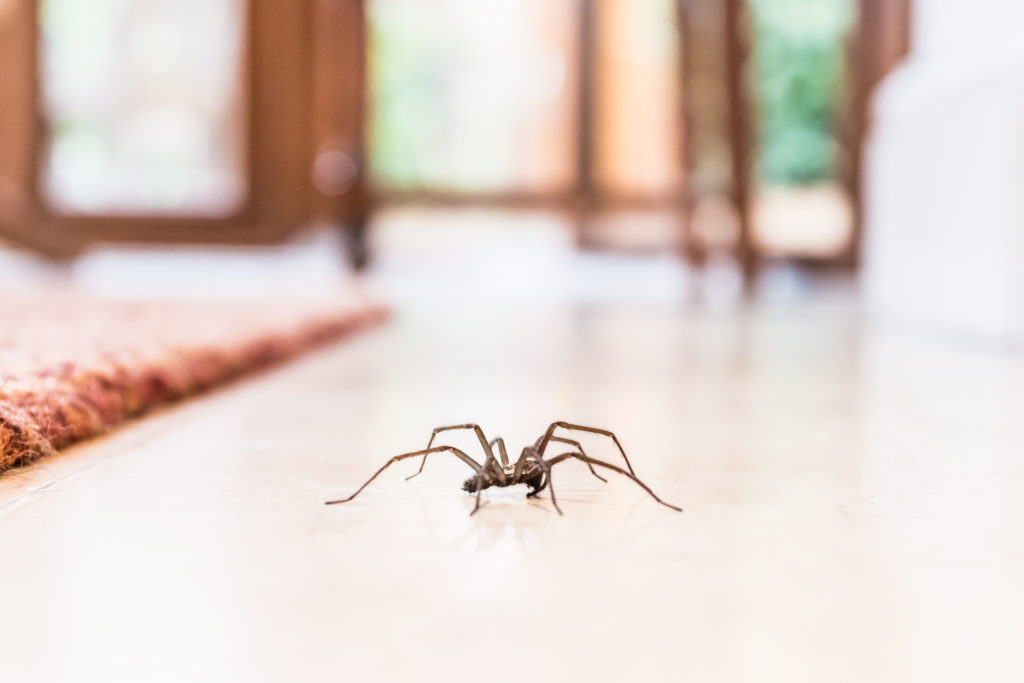
Spiders have very large brains for their size, some spiders have brains that take up 80% of their body. Spider brains can also take on very interesting shapes, existing not only in the spiders head, but spilling into other body cavities and legs. These large brains are important for spiders for executing activities like web building or hunting.
Sea Squirts
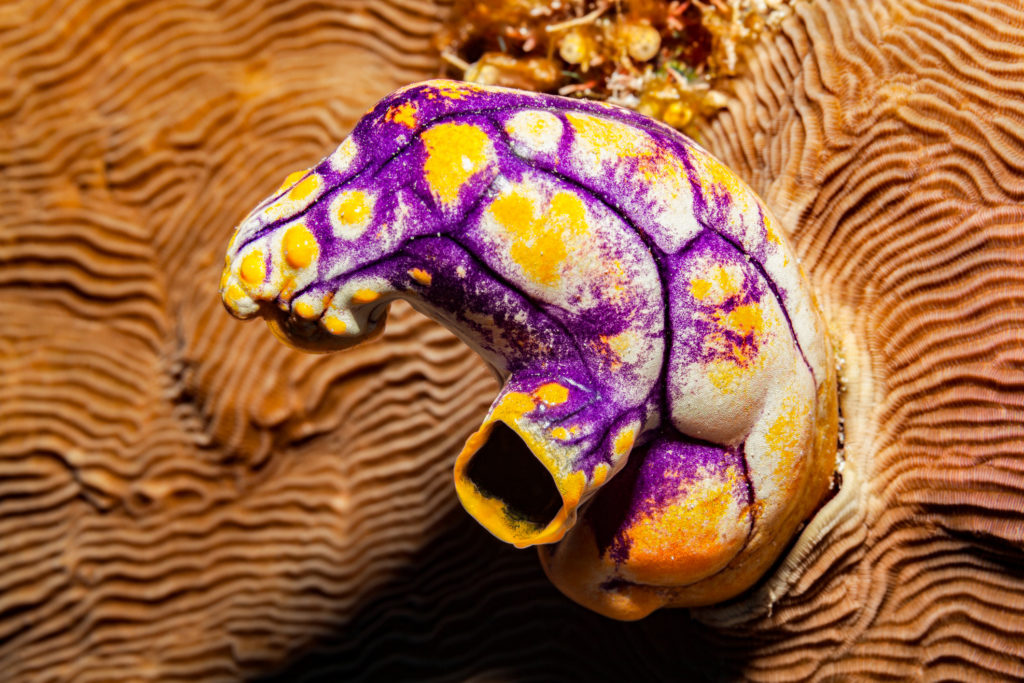
Sea squirt larvae start developing a small brain like many other organisms, as well as a primitive spine and eye. The larvae swims around like a tadpole until it finds the place where it will spend the rest of its life and attaches itself head first to the sea floor. The sea squirt will then absorb its spine, eye and small brain (it no longer requires them) effectively eating its own brain. It can use this body material to develop its stomach and will spend the rest of its life anchored to this location.
Squids
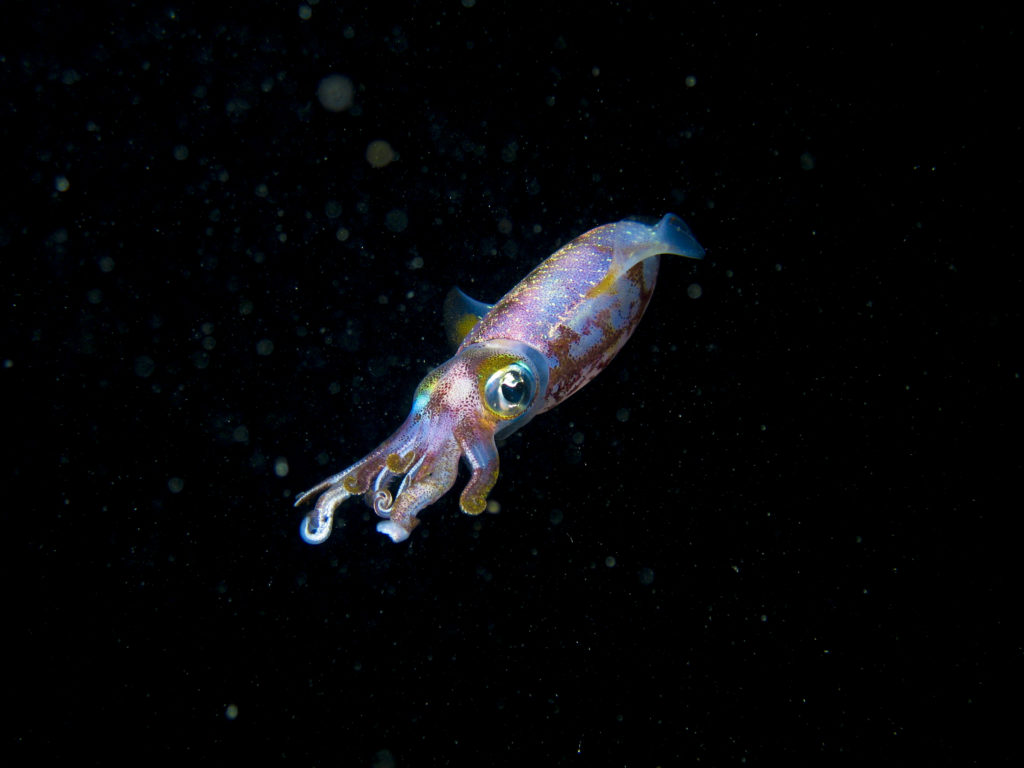
The doughnut shaped brain of the squid is very effective for linking information between their two large eyes, however this structure limits the squid in a peculiar way. The squid’s esophagus runs through its centre, so everything the squid eats must pass through its brain. If the squid consumes prey that is too large, it risks critically damaging its brain tissue.
Koalas
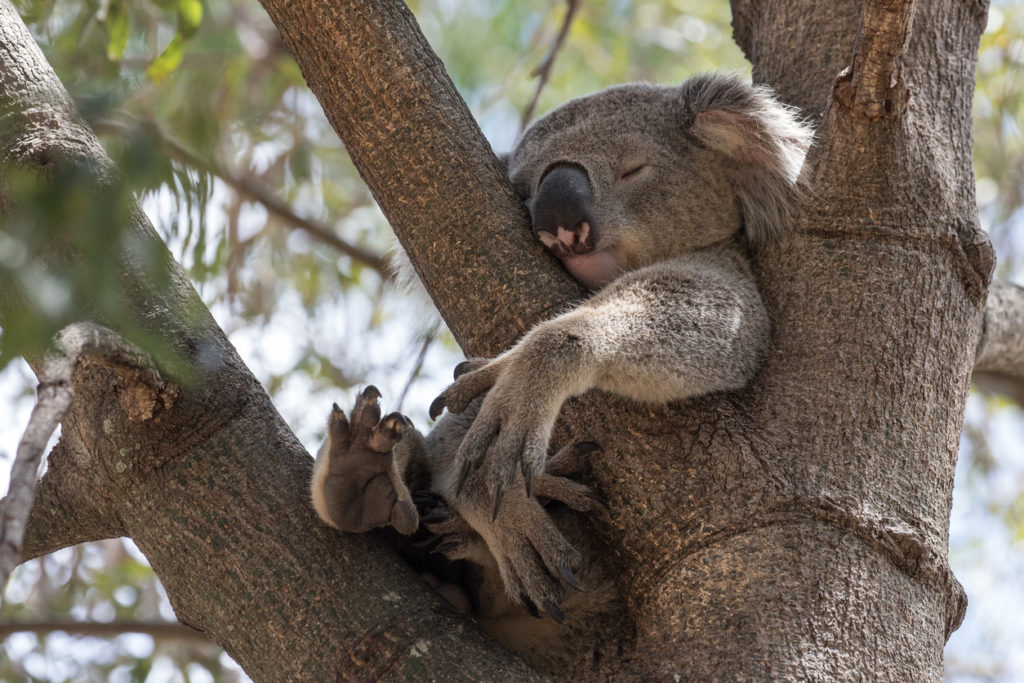
Koalas are known for being sleepy and lazy, which is likely due to a nutrition-poor diet of otherwise toxic eucalyptus leaves. Lucky for them though, they also have a relatively smaller brain to body ratio than that of other marsupials, which means that their brains won’t burn up too much of what little energy they do have. Their brains only take up 61% of their brain cavity and it is pressed against the inside surface by cerebrospinal fluid.
Sponges
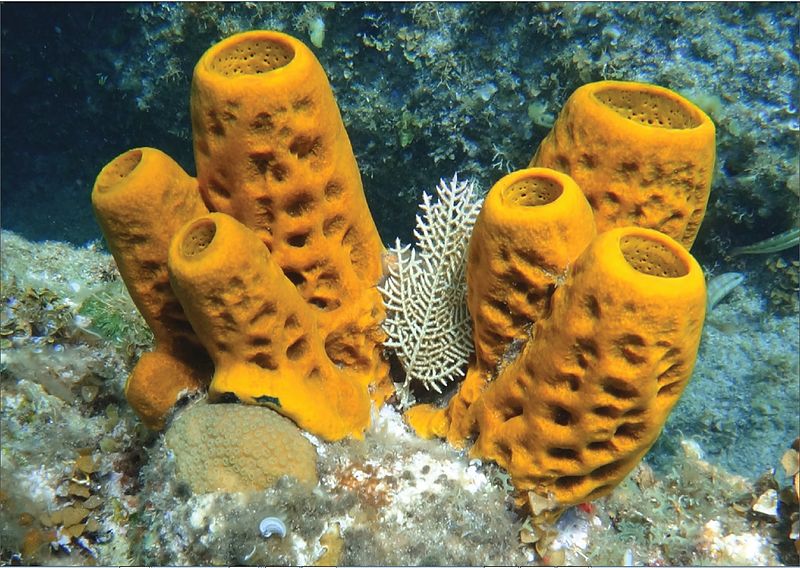
Almost all animals have a brain, but there are a few exceptions. There is one organism that has no brain or nervous tissue of any kind: the sponge. Sponges are simple animals, surviving on the sea floor by taking nutrients into their porous bodies. There are conflicting theories as to whether or not sponges have always been this way or evolved to get rid of their brain to be more energy efficient.
Wanna learn more about animal anatomy?
Check out this resource for some interesting facts and compare your own anatomical features to those of other animals!
